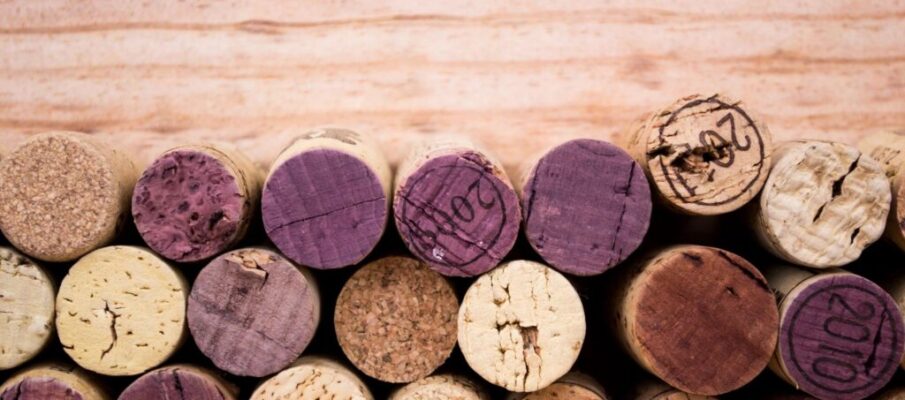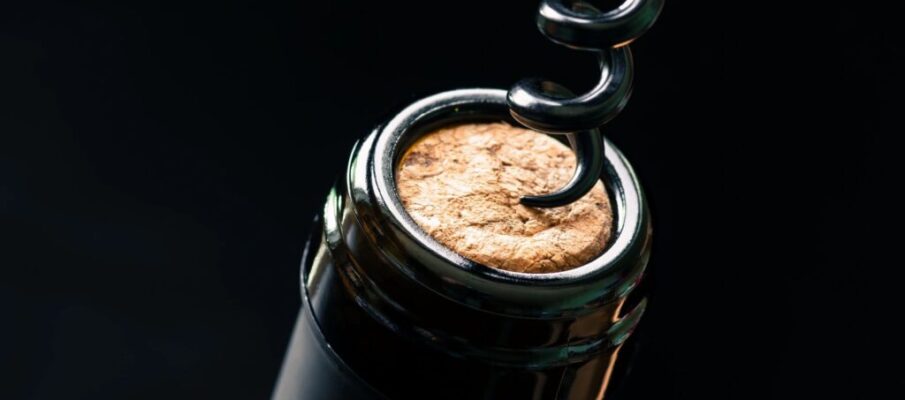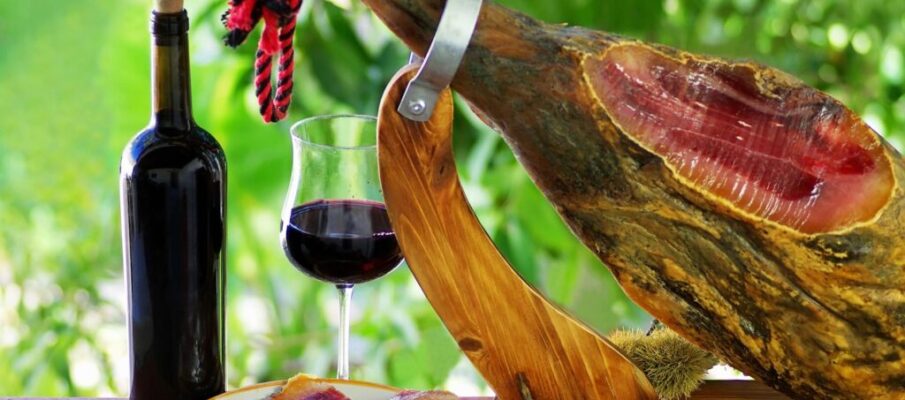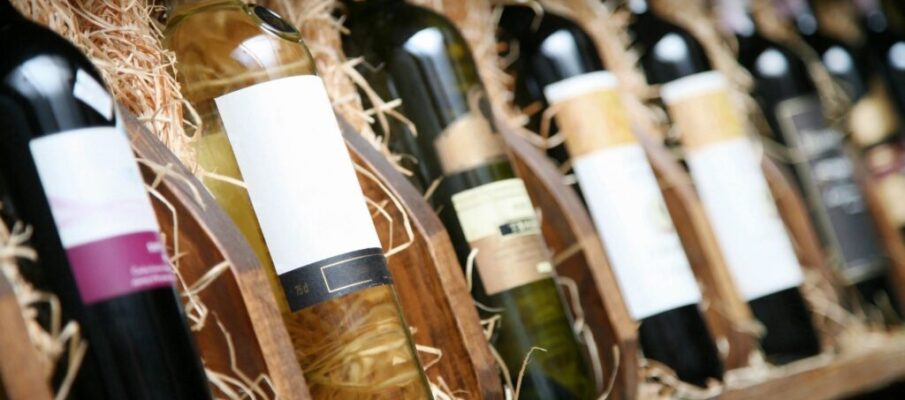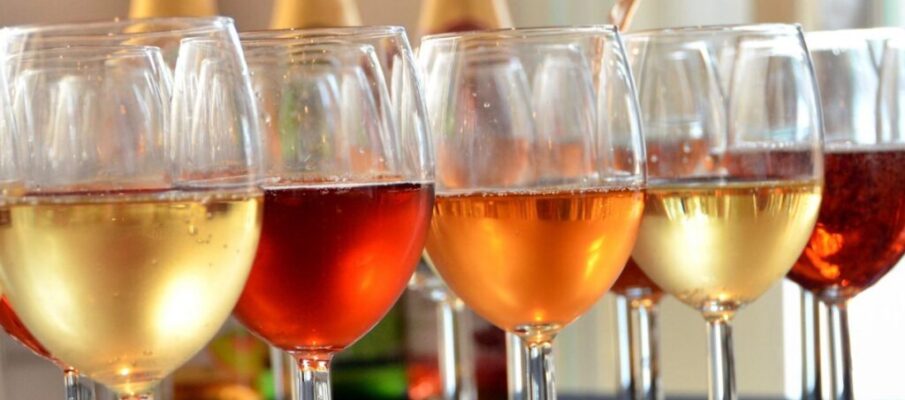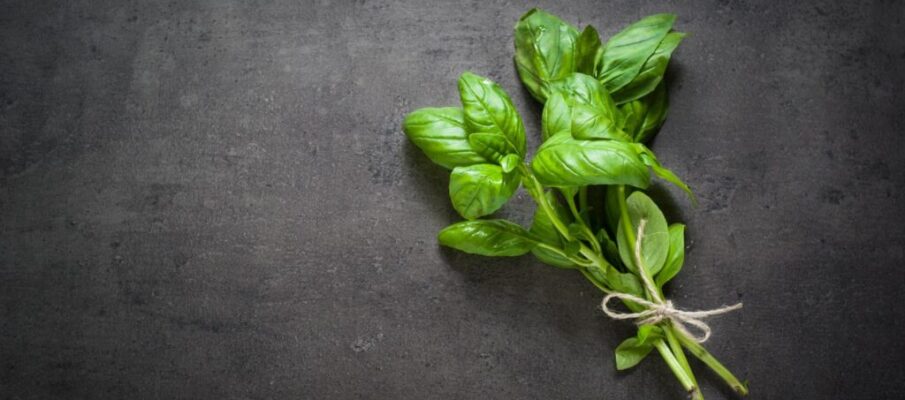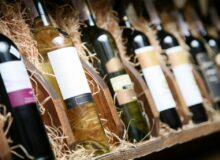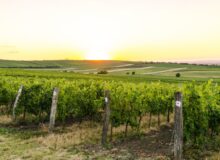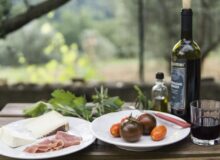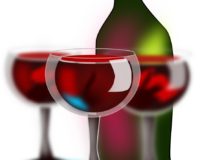2018 Bordeaux wine is complicated. In a nutshell, the buzz is it’s a very good vintage with several incredible wines! When you look at the scores awarded, you can see how much I dig this vintage’s potential.
The news is that 2018 Bordeaux is a very opaque vintage. Almost every wine is inky or dark; the wines are complex with all sorts of red and blue fruit aromas.
The 2018 Bordeaux is concentrated, richly textured and full-bodied. Pure fruit; the wines will be mouth filling heavy and dense. Yet with all that the vintage will be vibrant and big at the same time.
As the story goes, the best wines come from the Left Bank in Northern Medoc, where the roots were able to dig incredibly deep into the soils. Plus the Clay rich terroirs make a difference. Cabernet Sauvignon is the mainstay and it comes from St. Estephe, Pauillac and St. Julien which are exceptional.
Likewise, the Cantenac highland of Margaux is another excellent area as well as parts of Pessac Leognan for the red wines. There are spectacular wines from each of these appellations, that Bordeaux wine lovers should take seek out.
In the Right Bank, Merlot and Cabernet Franc are the focus and depending on the soil can be of astonishing and sometimes of unexpected beauty.
In the 2008 vintage successful wines at least from the Right Bank slopes and elevation of Pomerol and in Saint Emilion, the wines produced the in limestone soils; the gravels near Pomerol and the clay rich soils close to, or in Saint Christophe des Bardes contribute.
By the way, Saint Christophe des Bardes is becoming a major hot spot in itself.
Here’s a list of reds and whites 2018 Bordeaux to look for; along with influential notes. Granted most of these wines will not be available until 2020 and 2021. The scores are phenomenal on these Bordeaux values.
2018 Fleur la Mothe, Medoc (750ml) »FUTURES« From Medoc, Bordeaux, France
Deep garnet-purple colored, the 2018 Fleur la Mothe opens with plums and earth with herbs, fungi and a waft of olives. Full-bodied, rich and seductive, it has a plush texture and great length. 91-93 points, Lisa Perrotti-Brown, Wine Advocate (Issue # Interim – Apr 2019)
2018 Clos des Lunes Lune d’Argent Blanc (750ml) Semillon from Pessac-Leognan, Bordeaux, France
Brightness and serenity to this white with lemon rind and pear skin, highlighting the cooked-apple character. Medium to full body, bright acidity and a vivid finish. 92-93 points, James Suckling (Apr 2019)
2018 Chateau Larrivaux (750ml) »FUTURES« Merlot from Haut-Medoc, Bordeaux, France
The 2018 Larrivaux is quite pretty and expressive in this vintage. Freshly cut roses, red berry fruit, mint, and savory notes give the 2018 brilliance, energy and expressive aromatic persistence. Silky tannins add nuance. Two thousand eighteen is an especially fine vintage for this mid-weight, gracious Haut-Médoc. Larrivaux is 64% Merlot, 26% Cabernet Sauvignon, 7% Petit Verdot and 3% Malbec. Tasted two times. 88-91 points, Antonio Galloni, Vinous (Apr 2019)
2018 Chateau Les Gravieres (750ml) »FUTURES« Merlot from Saint-Emilion, Bordeaux, France
Made from 100% Merlot, the 2018 Les Gravieres is deep garnet-purple and rocks up with gregarious blueberry pie, chocolate-covered cherries and plum preserves scents with nuances of violets, spice cake and mocha. Big, full and decadently fruited, it has a firm frame of super ripe, grainy tannins and wonderful freshness, finishing very long and layered. 94-96 points, Lisa Perrotti-Brown, Wine Advocate (Issue # Interim – Apr 2019)
2018 Chateau Lilian Ladouys (750ml) »FUTURES« Cabernet Sauvignon from Saint-Estephe, Bordeaux, France
This has a very pretty lilac note out front, followed by fresh plum and black cherry fruit flavors. Juicy in feel, with the minerality buried at the very end. Cabernet Sauvignon, Merlot and Petit Verdot. Drink now. 90-93 points, James Molesworth, Wine Spectator (2019)
2018 Chateau La Vieille Cure (750ml) »FUTURES« Merlot from Fronsac, Bordeaux, France
This is so delicious already with wonderful, tight and polished tannins, medium body and a long, flavorful finish. Always excellent quality for the money. 92-93 points, James Suckling (Apr 2019)
2018 Chateau Lagrange Les Fiefs de Lagrange (750ml) »FUTURES« Cabernet Sauvignon from Saint-Julien, Bordeaux, France
The second wine of the Lagrange property which was established in 1985 following the acquisition by Suntory group.
The 2018 Les Fiefs de Lagrange is deep garnet-purple colored with earthy, mushroomy notions and savory meats over a cassis and plums core plus herbs hints. The full-bodied palate is rich and packed with fruit, with firm, grainy tannins and a long finish. 90-92 points, Lisa Perrotti-Brown, Wine Advocate (Issue # Interim – Apr 2019)
2018 Chateau Taillefer (750ml) »FUTURES« Merlot from Pomerol, Bordeaux, France
The 2018 Taillefer is very pretty. Succulent dark cherry, spice, leather, tobacco, licorice and menthol develop in a mid-weight, understated Pomerol that will drink well with minimal cellaring. Silky tannins round out the polished finish. This is very nicely done. Tasted two times. 88-91 points, Antonio Galloni, Vinous (Apr 2019)

